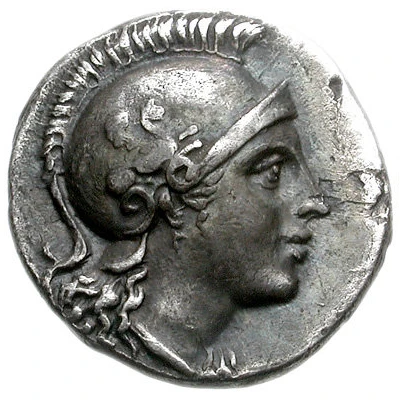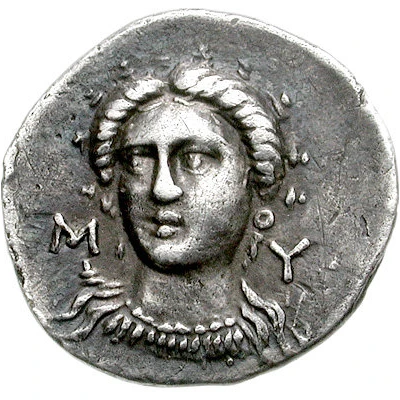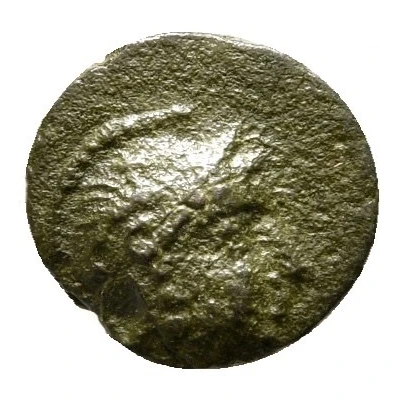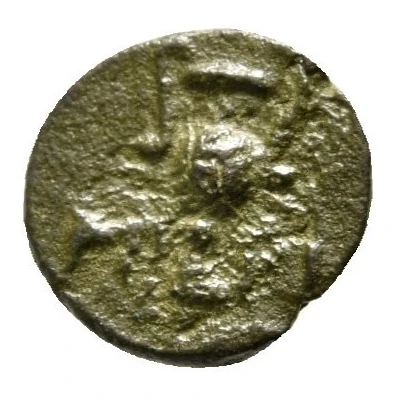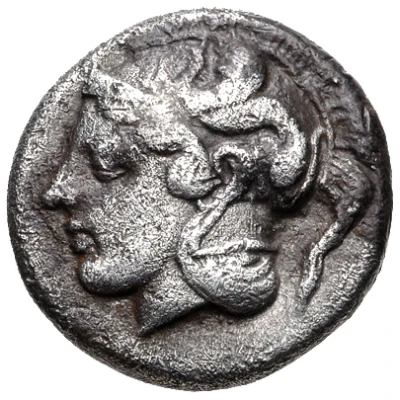
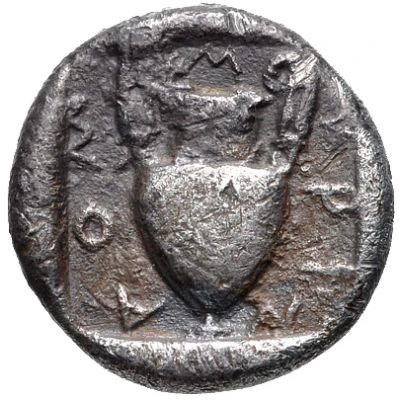

© Classical Numismatic Group, Inc.
Tetrobol 500 BC - 300 BC
| Silver | 2.42 g | 12.5 mm |
| Issuer | Myrhina (Aeolis) |
|---|---|
| Type | Standard circulation coin |
| Years | 500 BC - 300 BC |
| Value | Tetrobol (⅔) |
| Currency | Drachm |
| Composition | Silver |
| Weight | 2.42 g |
| Diameter | 12.5 mm |
| Shape | Round (irregular) |
| Technique | Hammered, Incuse |
| Demonetized | Yes |
| Updated | 2024-10-10 |
| Numista | N#143750 |
|---|---|
| Rarity index | 100% |
Reverse
Amphora in the middle with the inscription around. All within incuse square
Script: Greek
Lettering: Μ-ΥΡΙΝ-ΑΟΝ
Interesting fact
The Tetrobol coin was used as a form of currency in ancient Greece, specifically in the city-state of Myrhina in Aeolis, and it was made of silver. The coin weighed 2.42 grams and had a diameter of about 1.5 centimeters. Despite its small size, the Tetrobol was an important coin in ancient Greece, as it was used to buy everyday items like bread, wine, and other necessities. It's fascinating to think that over 2,000 years ago, people were using coins like the Tetrobol to purchase goods and services, and that these coins have survived to this day, providing a glimpse into the past.
